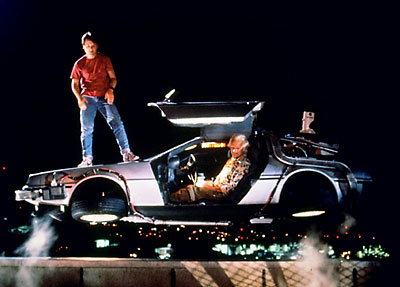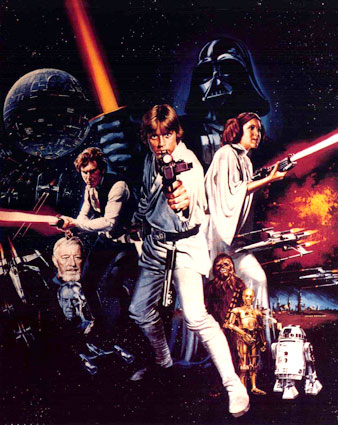Lately we've been pressed into the fear that the mayans may have predicted the end of our world on December 21st, 2012. I've been quoting to plan on speaking to a friend about said end the of the world events on the 23rd. This however sounds fairly familar to me, as in 1999 we were all begining to deeply worry about our computers come the turn of the century.

A Programing flaw involving computers was about to appear during the new year. What kind of flaw? Computers were programed with the year in two digits. While we saw 1999, the computers saw 99 instead. Int he new year, they would go to 00. My reaction now is as simple as it was back then when I was 14... So? Apparently this bug is capable of causing a system to shut down and fail. ON a personal computer this isn't as huge an issue, but on everything ran by a computer, water, eletrical, transportation, etc could cause a great deal of problems, in theory.
People, known as Alarmists for various reasons, began to over emphasise the problems involved in Y2K, a world where programmers couldn't do anything to add two digits to all computers. The entire world would be blacked out in one day, and could last weeks, to months, to even years before it could possibly all come back. Nuclear plants would explode under no control, water filtrationw ould fail, as would our means to power. This frightened many people specifically because it hit against their comfort.

Working fast, programmers and workers began to patch, update, and fix all hardware and software linked to this glitch a ways before the the turn of the century, but still the masses were worried that on that January morning, the lights would go out and never again.. and thus the world we live in is a technological failure, in eternal darkness without hope power or........ oh wait, nothing happened. There were some computer failures around the world, notably in Korea, but the world moved on.
And now we have a new fear and alarmist nation going for 2012, a prediction by the Mayans centuries ago. Less of a prediction and more a fact, that is when the cycle of their calender ends. Unlike Y2K, 2012 has no 'reasoning' on how the Earth bites it, or even if it does. Just that this is when the Cycle ends. However you feel about the 'end of the world' scenario, please take a moment to think, research, and listen to both the ravings and the statements to form your own opinion. Don't blindly follow the raving looney on top of the hill saying the sky is falling cause 'this dead civilization predicted it.'
EAK
Sources:
http://en.wikipedia.org/wiki/Year_2000_problem
http://www.answers.org/urbanlegends/y2kcs.html















































